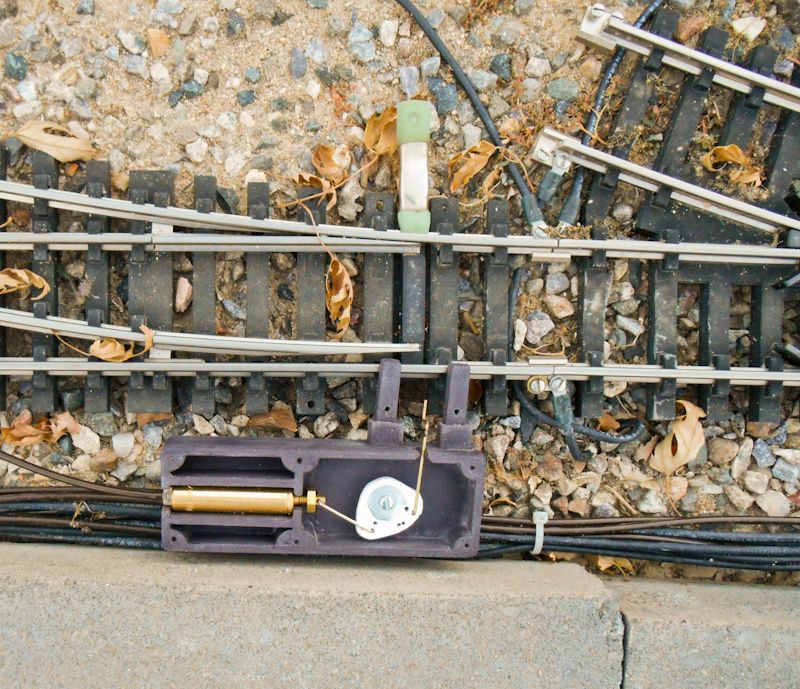Please offer your input:
I am redoing our Southern California garden layout.
There is a portion of stainless track - I used Split-Jaw stainless clamps for the stainless - worked fine.
For the rest of the layout, 400’ of brass track, I used soldered jumper wires (hundreds of 'em!!)
Question:
Are the Split-Jaw/Hillman/etc. clamps the most long-term effective and time saving method of connectivity vs. the soldering of jumper wires?
Any conclusions from those of you with a history of soldering vs. clamps?
I appreciate your including your thoughts on the connectivity/durability for:
Split-Jaw? – Hillman? – 4-screws with plate type? --or?
Use stainless or brass – any differences?
Many thanks,
Wendell


